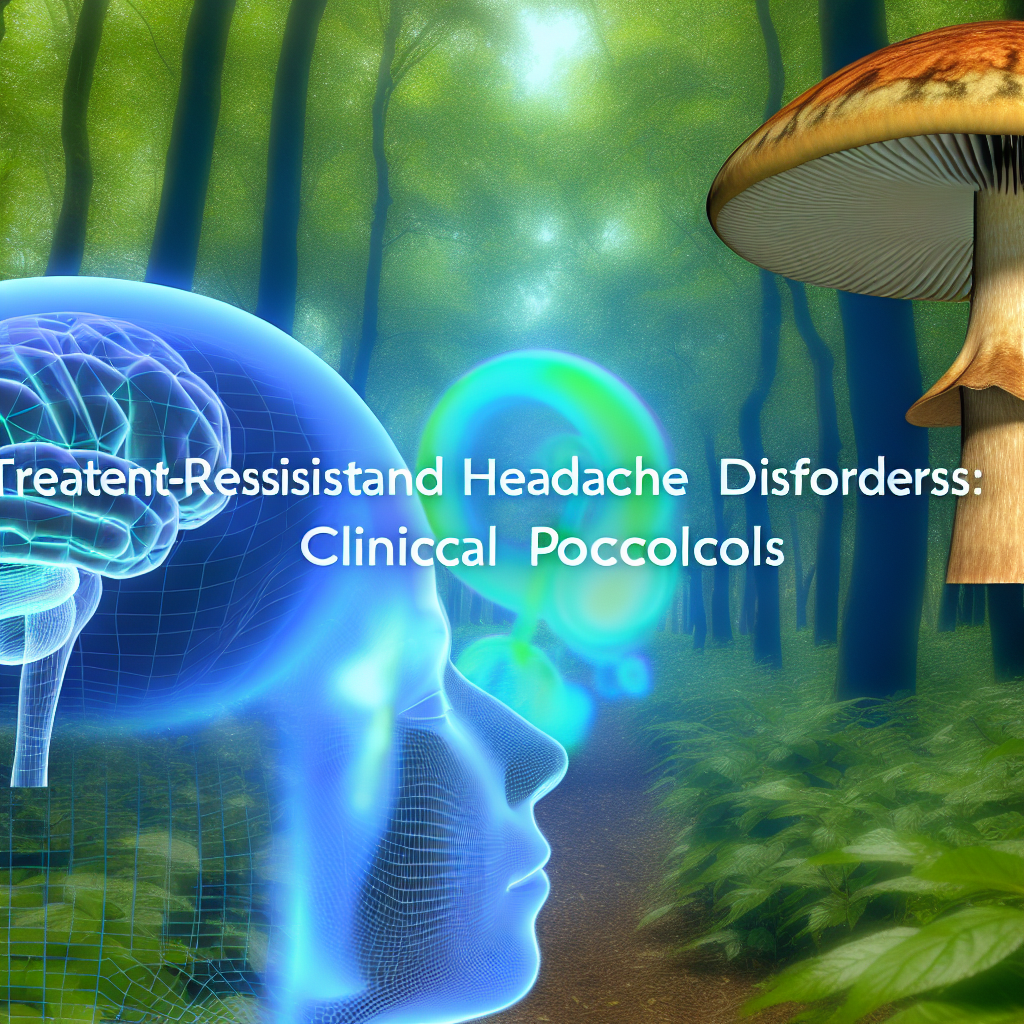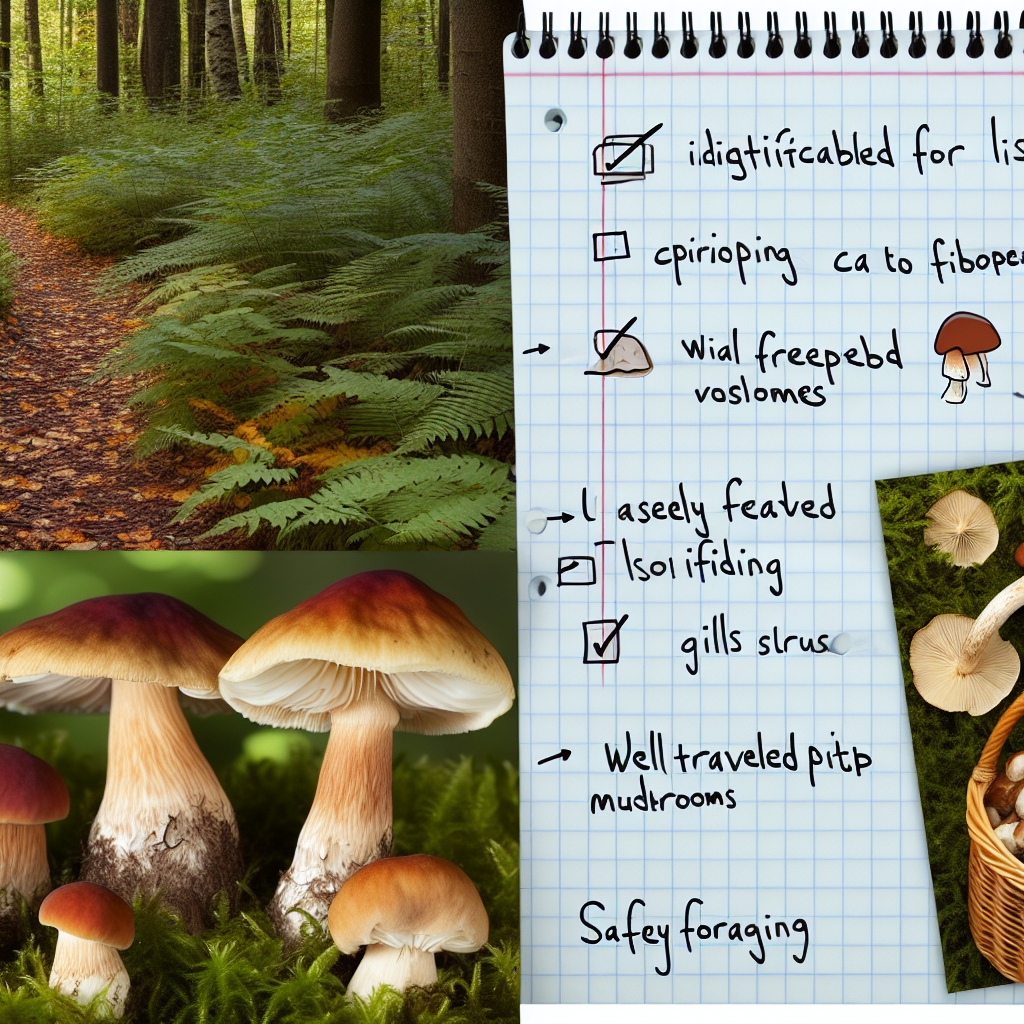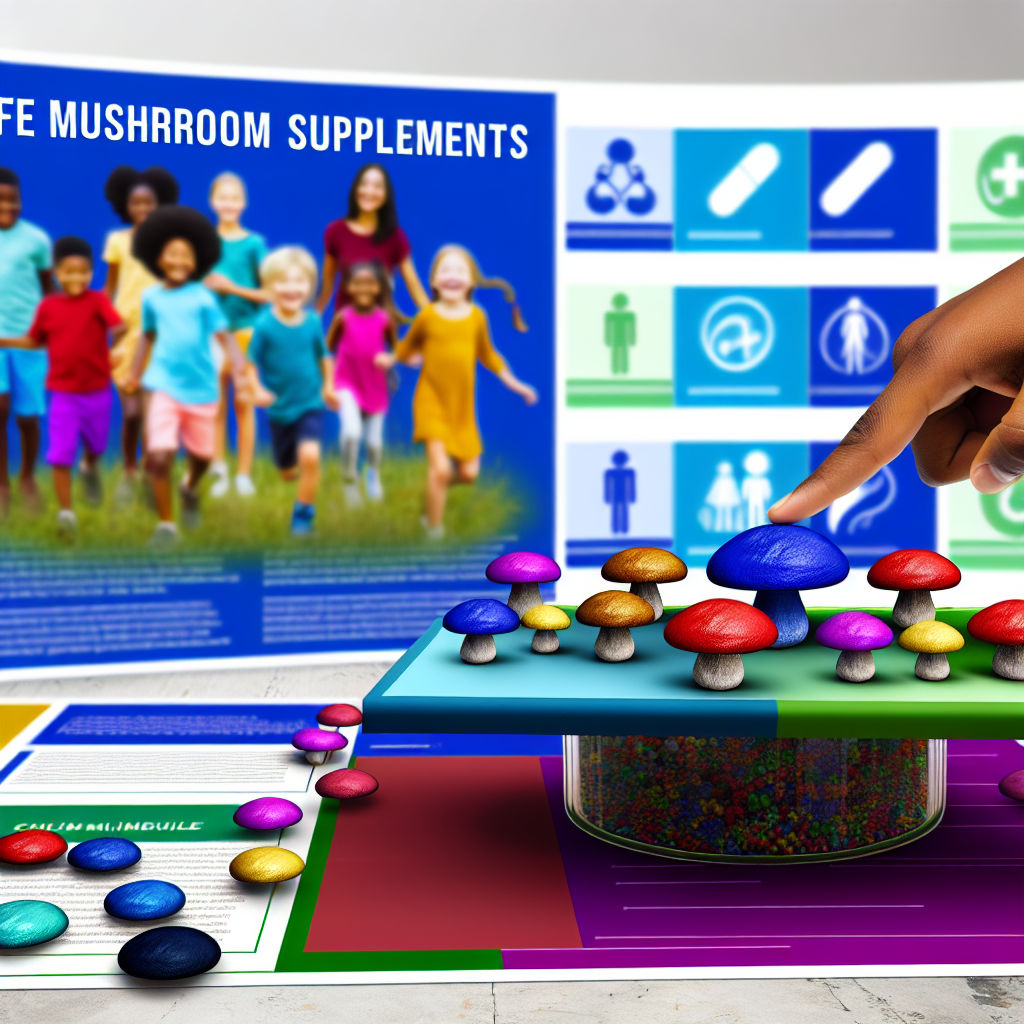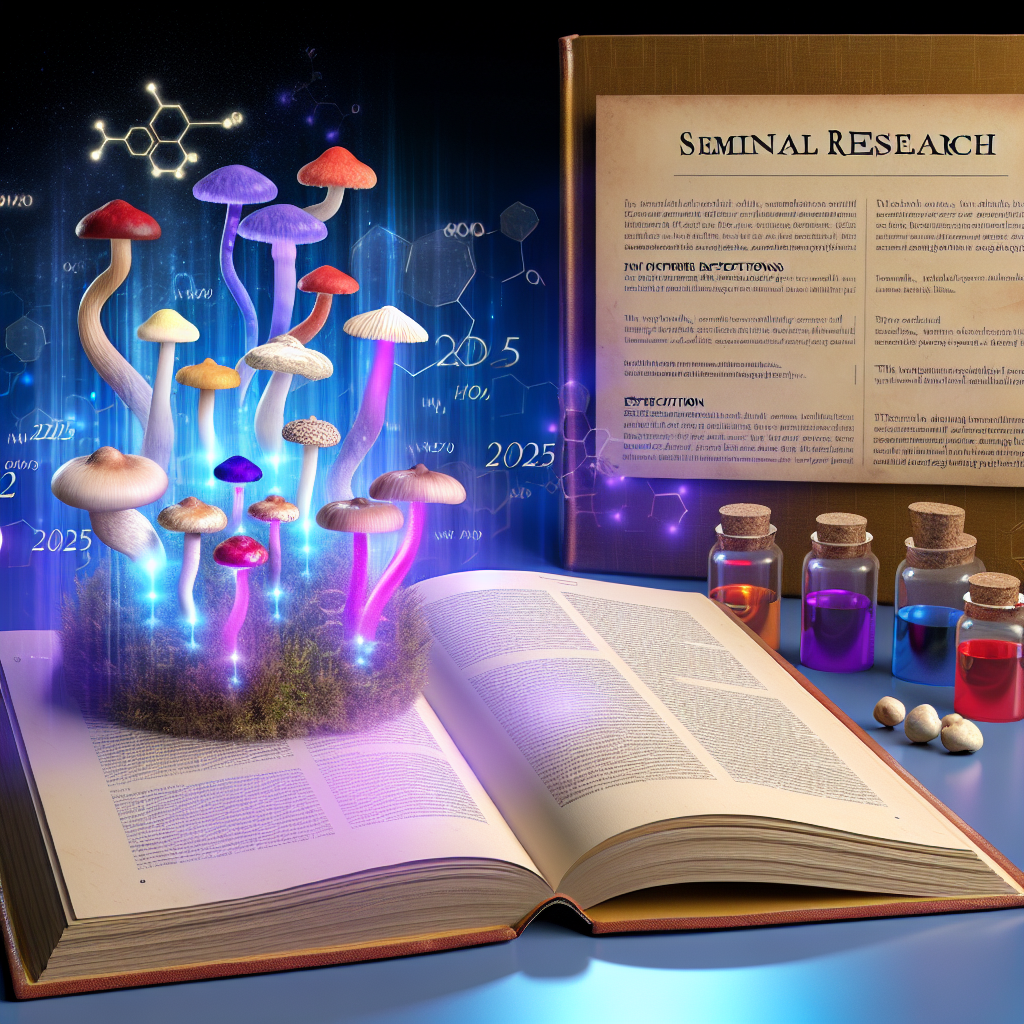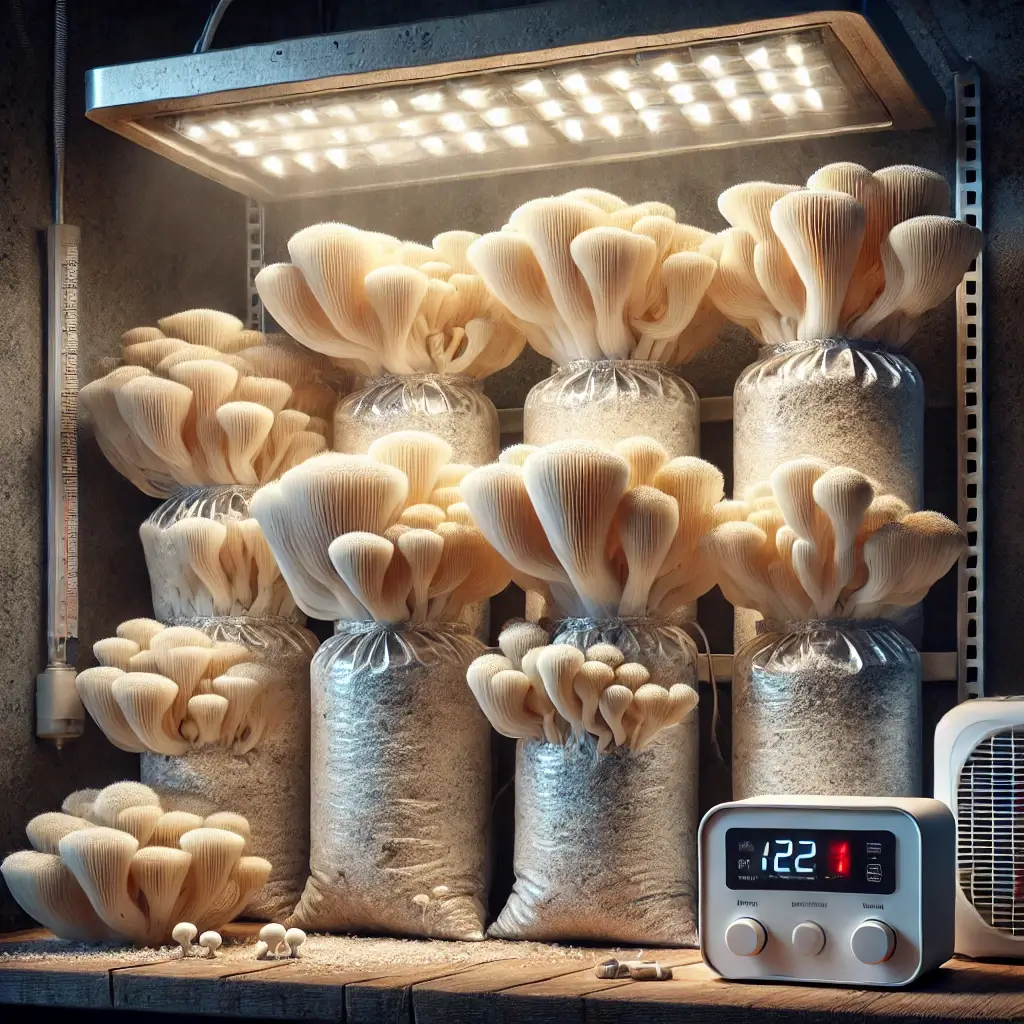Psilocybin for Treatment-Resistant Headache Disorders: A New Hope in Clinical Protocols
Chronic headache disorders, including cluster headaches and migraines, affect millions of people globally, resulting in not only overwhelming pain but profound impacts on quality of life and productivity. While existing pharmaceuticals help many, a significant subset of patients remains classified as “treatment-resistant.” For these sufferers, new hope may lie in an old, often misunderstood compound: psilocybin.
Long relegated to the fringes of medicine, psilocybin—the psychoactive compound in certain mushrooms—is now being reconsidered within clinical frameworks for a variety of neurological and psychiatric disorders. In particular, new clinical protocols are surfacing that explore psilocybin’s ability to break the cycle of treatment-resistant headache disorders. Keep reading to discover how science is beginning to validate what psychedelic pioneers have long believed: that psilocybin may hold the key to long-term headache relief.
Breaking New Ground: Why Psilocybin is Turning Heads in Headache Treatment
Since the early 2000s, anecdotal evidence from within the psychedelic community has hinted at psilocybin’s potential to treat cluster headaches and chronic migraines. Patients reported fewer attacks, shortened duration, and even the ability to preempt entire headache cycles with small, non-hallucinogenic doses—known as “microdoses.”
Recent years have seen these folk treatments inspire formal study, particularly as cases mounting showed benefits with minimal side effects and no chemical dependency. The science now suggests that psilocybin’s action on the serotonin 5-HT2A receptor triggers promising neurological shifts: neuroplasticity, changes in brain network connectivity, and even circadian rhythm regulation—factors believed to be crucial in migraine and cluster headache pathophysiology.
The Building Evidence: Clinical Studies Illuminate Promise
One of the earliest mentions of psilocybin’s anti-headache potential appeared in a 2006 Neurology study where patients with cluster headaches reported significant, sometimes long-lasting relief after using psilocybin or LSD. Although the study was anecdotal, it ignited academic interest.
Nearly a decade later, a large-scale survey with over 500 cluster headache sufferers, published in Headache (2015), revealed that 22% of users found microdoses could actually prevent future attacks. Even more reported fewer and lighter episodes, with most citing few adverse effects and lower dependence compared to conventional drugs.
Fast forward to present-day clinical trials: In 2020, Yale University launched a pilot study focused on understanding the safety and efficacy of psilocybin in treating treatment-resistant migraine patients. Though still recruiting at the time of writing, its very existence signals the mainstreaming of interest in this unconventional therapy.
How It Works: Exploring Psilocybin’s Mechanism of Action
Researchers believe psilocybin targets key structures in the brain linked with headache disorders. Chief among these is the Default Mode Network (DMN)—a neural network often overactive in people with chronic migraines. Psilocybin temporarily deactivates the DMN, possibly allowing the brain to “reset” aberrant neural circuits contributing to pain.
Psilocybin also interacts powerfully with serotonin pathways, particularly the 5-HT2A receptor, and may help modulate overexcited neuron clusters associated with headache attacks. Additional theories suggest its role in neurotransmitter balance, inflammation modulation, and endothelial function improvements.
Inside the Clinic: Current Psilocybin Protocols for Headache Disorders
Borrowing from psychedelic-assisted therapy used in depression studies, clinical protocols for headache treatment begin with thorough patient screening—especially for psychiatric contraindications like bipolar disorder or schizophrenia.
Once cleared, patients receive psilocybin in carefully measured, often sub-perceptual doses—avoiding a full psychedelic experience while still aiming for therapeutic outcomes. These sessions occur in calm, supervised environments, and often include follow-up integration therapy.
Dosing varies by condition:
- Cluster Headaches: Microdosing every five days during active headache bouts, typically for 2–4 weeks.
- Chronic Migraines: More sporadic, often monthly dosing.
An ongoing focus on standardized mushroom-derived dosing eliminates variability and enhances patient safety. This thoughtful, structured delivery helps distinguish clinical use from unsupervised experimentation, aligning with ethical medical practice.
The Horizon Ahead: A Future With Fewer Headaches
Though still in its early chapters, the story of psilocybin-based treatments for chronic headaches is quickly gaining traction. As clinical trials progress and the understanding of its mechanisms deepens, we may soon see standardized, legally available psilocybin protocols used globally to combat treatment-resistant headaches.
This isn’t just a story of a new drug; it’s the tale of rethinking neurological pain, neurochemistry, and mental health with an open mind—and a scientific lens. Psilocybin could soon offer more than pain relief; it may provide a pathway back to joy, functionality, and freedom for countless individuals plagued by chronic headaches.
References
- Sewell RA, Halpern JH, Pope HG. Response of cluster headache to psilocybin and LSD. Neurology. 2006;66(12):1920-2. Link
- Schindler EA, Gottschalk CH, Weil MJ, et al. Indoleamine Hallucinogens in Cluster Headache: Results of the Clusterbusters Medication Use Survey. J Psychoactive Drugs. 2015;47(5):372-81. Link
- ClinicalTrials.gov. Safety and Efficacy of Psilocybin in Treatment-Resistant Migraine. Link
- Multidisciplinary Association for Psychedelic Studies (MAPS). Link
Summary:
Chronic headache disorders, including cluster headaches and migraines, affect millions globally and can be debilitating. While existing treatments help many, a significant subset of patients remains “treatment-resistant.” Emerging research suggests the psychedelic compound psilocybin may offer a new path forward, with clinical studies indicating its potential to reduce headache frequency, duration, and intensity. Psilocybin’s unique mechanisms of action, including modulation of serotonin pathways and neural network regulation, are believed to contribute to its therapeutic effects. As clinical trials progress, standardized psilocybin protocols may soon become a legal, accessible option for those suffering from chronic, treatment-resistant headaches.

Dominic E. is a passionate filmmaker navigating the exciting intersection of art and science. By day, he delves into the complexities of the human body as a full-time medical writer, meticulously translating intricate medical concepts into accessible and engaging narratives. By night, he explores the boundless realm of cinematic storytelling, crafting narratives that evoke emotion and challenge perspectives. Film Student and Full-time Medical Writer for ContentVendor.com
